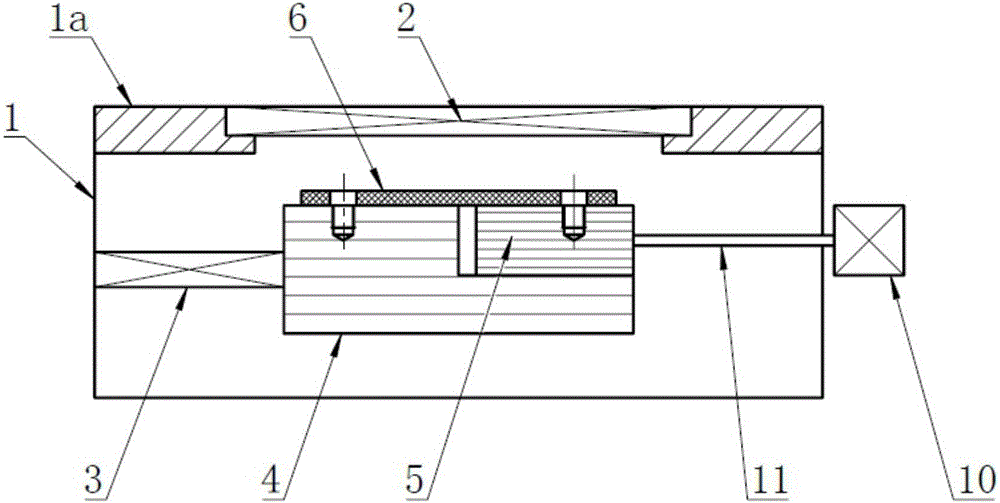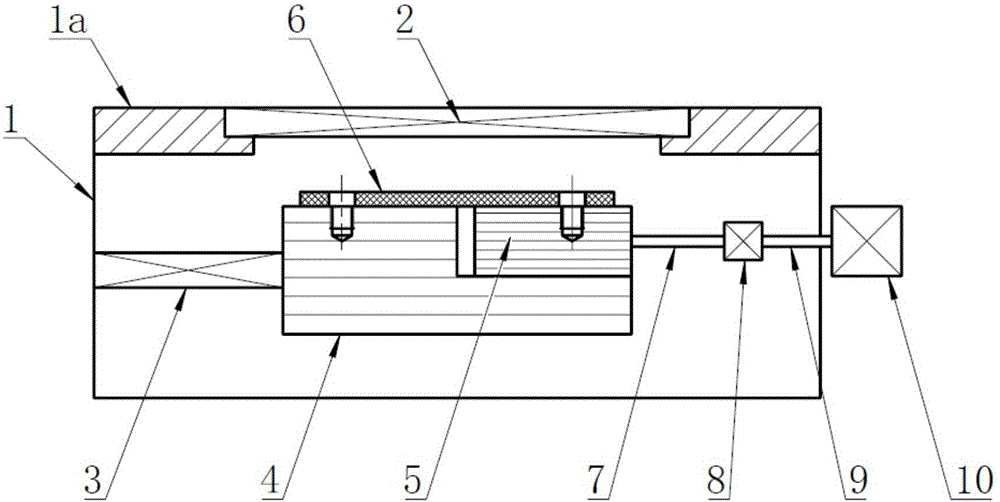Metallographical low-temperature observation device
A low-temperature, room-temperature technology, applied in measuring devices, material analysis through optical means, instruments, etc., can solve problems such as inability to achieve observation and analysis, and difficult to meet the needs of sample material analysis, and achieve the effect of compact structure and convenient operation
- Summary
- Abstract
- Description
- Claims
- Application Information
AI Technical Summary
Problems solved by technology
Method used
Image
Examples
Embodiment Construction
[0019] In order to make the object, technical solution and advantages of the present invention clearer, the following will further describe the embodiments of the present invention in detail with reference to the drawings and specific embodiments. It should be understood that the specific implementations described in this specification are only for explaining the present invention, not for limiting the present invention.
[0020] see figure 1 As shown, an embodiment of the present invention provides a low-temperature observation device, which includes a cold transport channel 3 connected to a low-temperature cold head (not shown), a low-temperature platform 4 for placing observation samples 6, accommodating An observation window 2 is set above the vacuum cover 1 and the vacuum cover 1 of the cold transport channel 3 and the cryogenic platform 4, and a moving slider 5 that can slide relative to the low temperature platform 4 is placed on the above low temperature platform 4, an...
PUM
 Login to View More
Login to View More Abstract
Description
Claims
Application Information
 Login to View More
Login to View More - R&D
- Intellectual Property
- Life Sciences
- Materials
- Tech Scout
- Unparalleled Data Quality
- Higher Quality Content
- 60% Fewer Hallucinations
Browse by: Latest US Patents, China's latest patents, Technical Efficacy Thesaurus, Application Domain, Technology Topic, Popular Technical Reports.
© 2025 PatSnap. All rights reserved.Legal|Privacy policy|Modern Slavery Act Transparency Statement|Sitemap|About US| Contact US: help@patsnap.com


